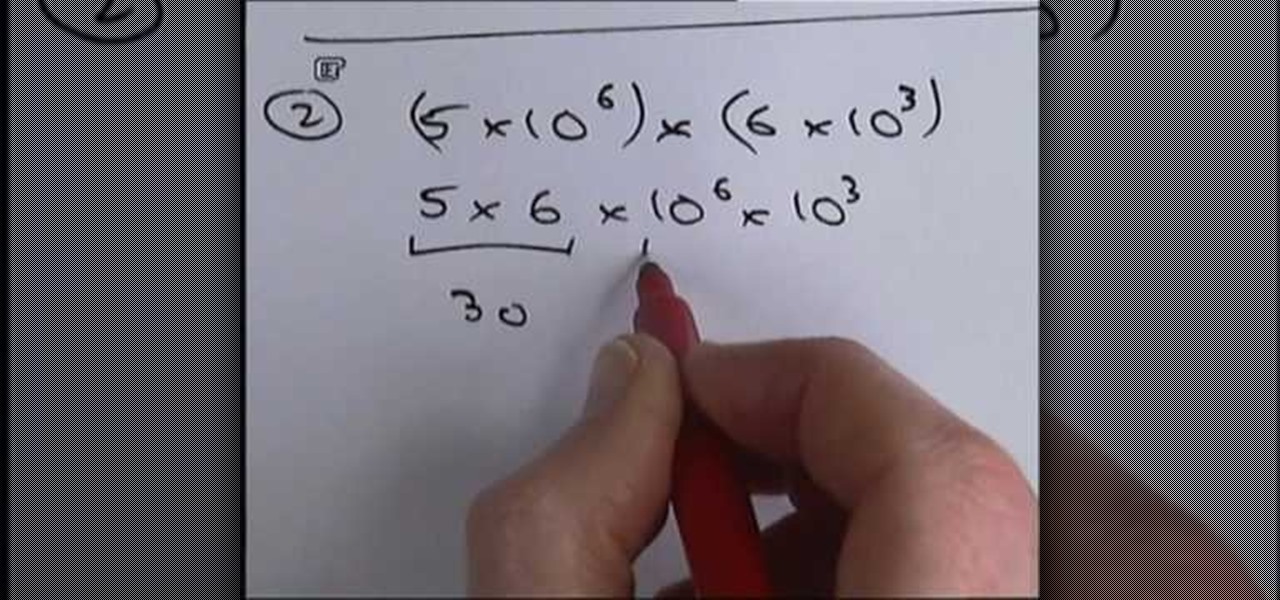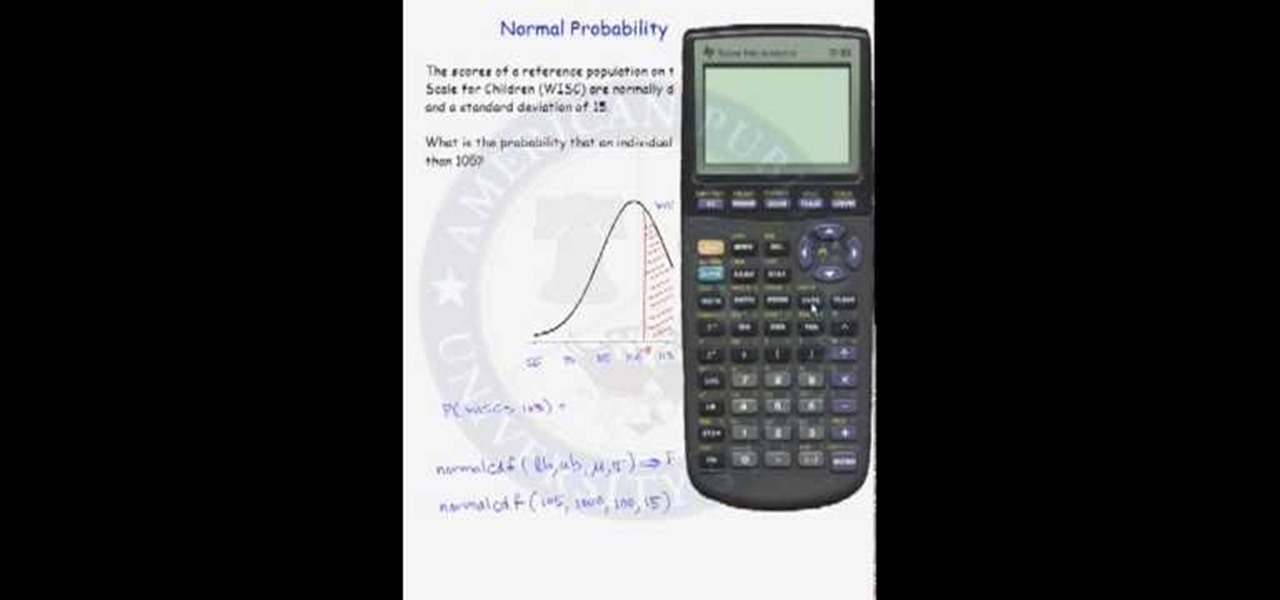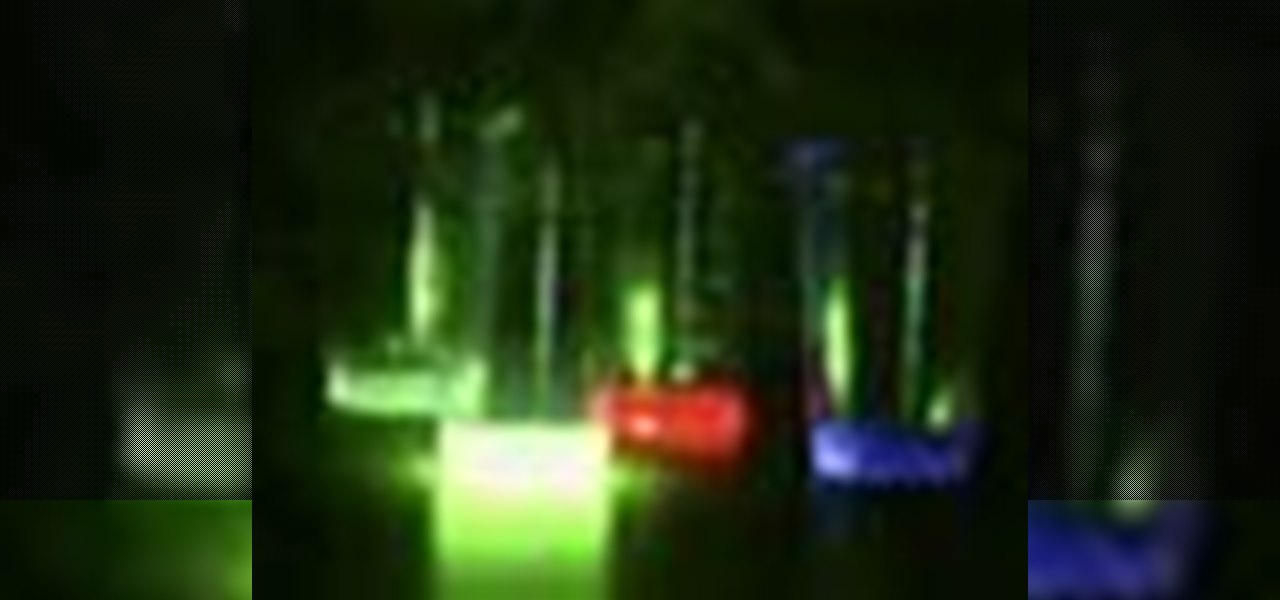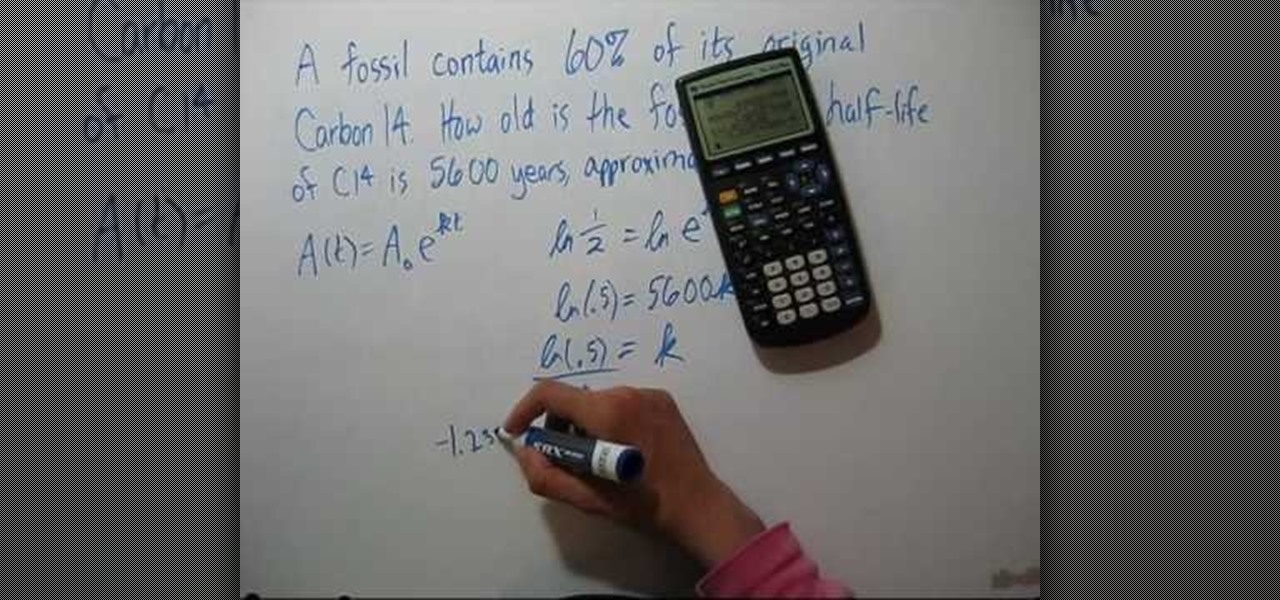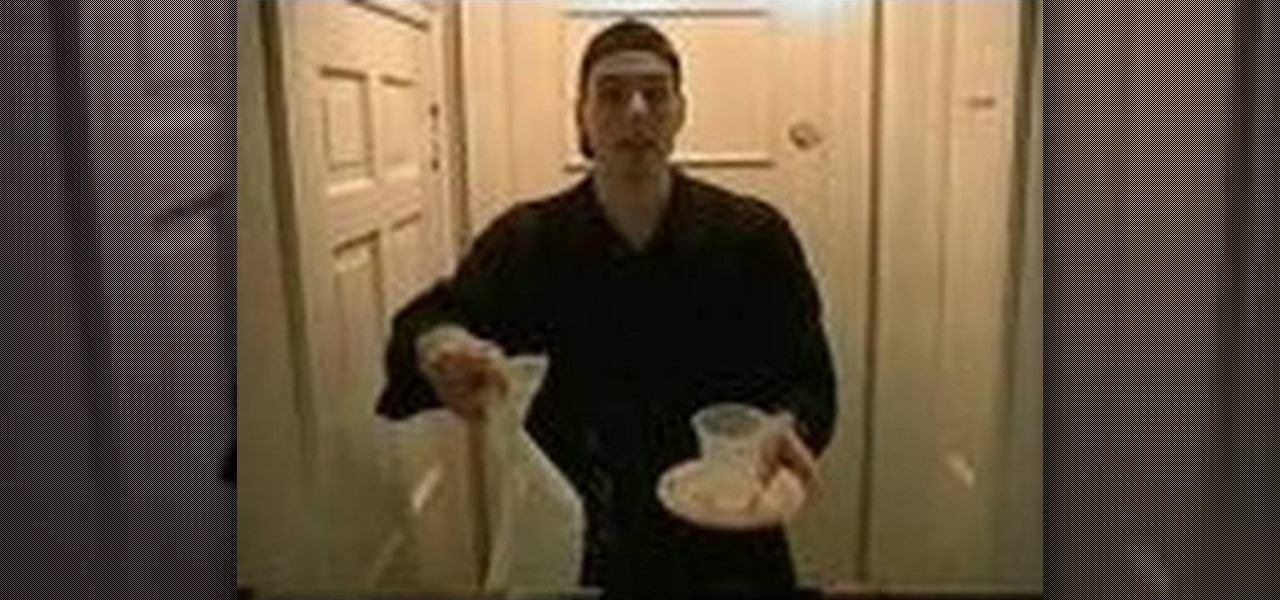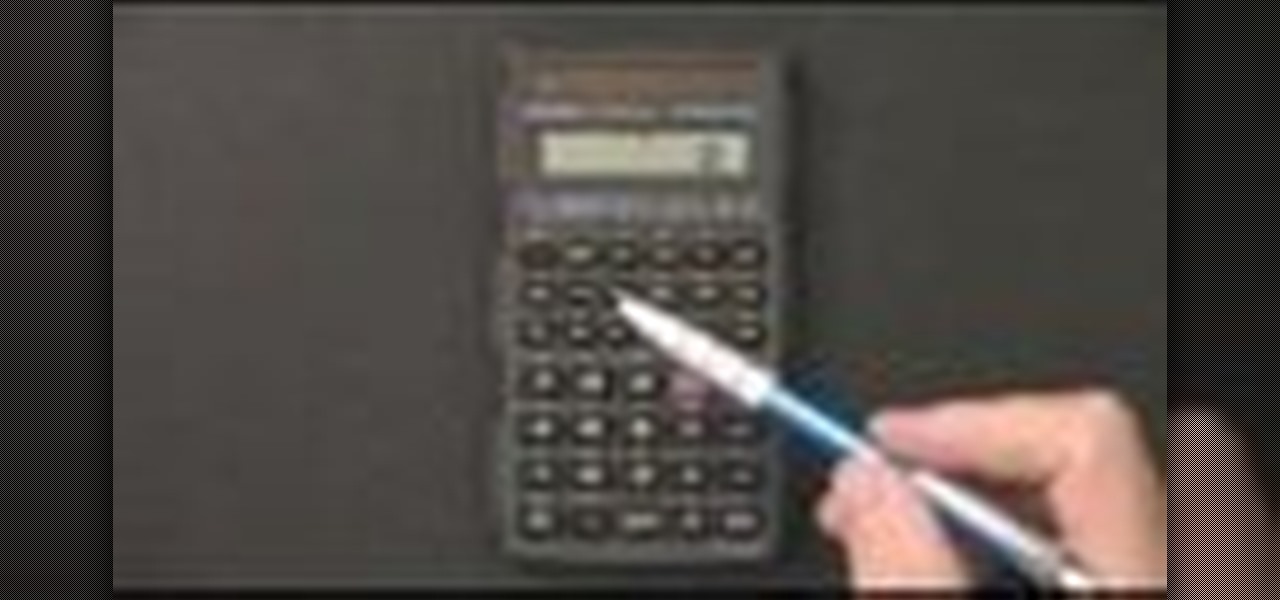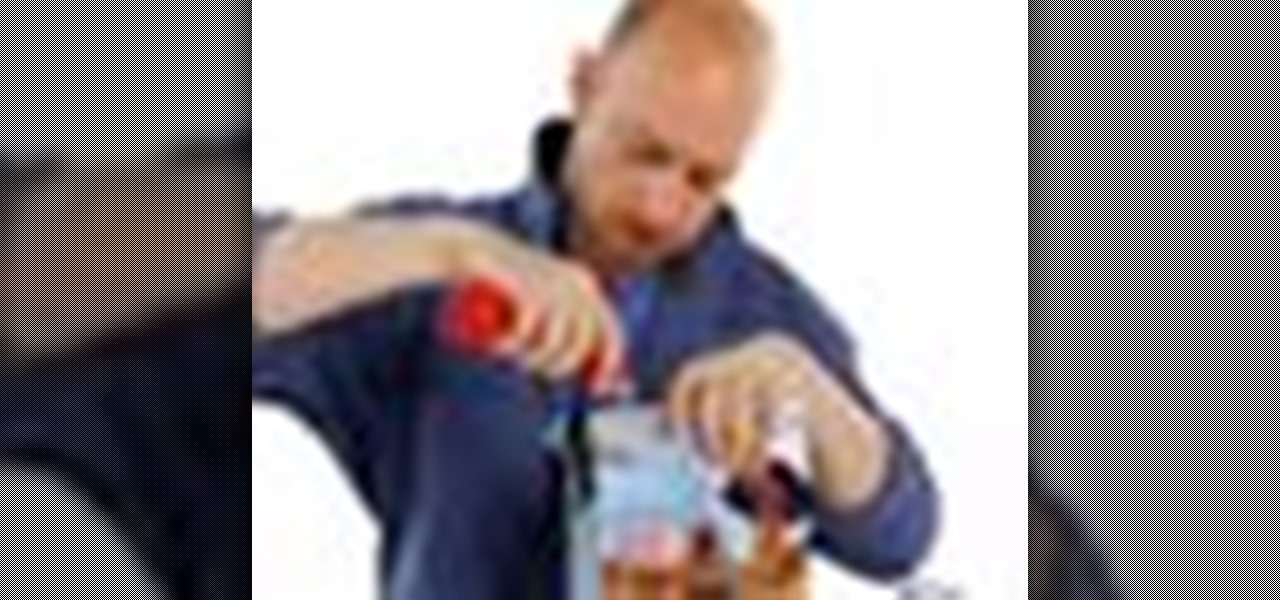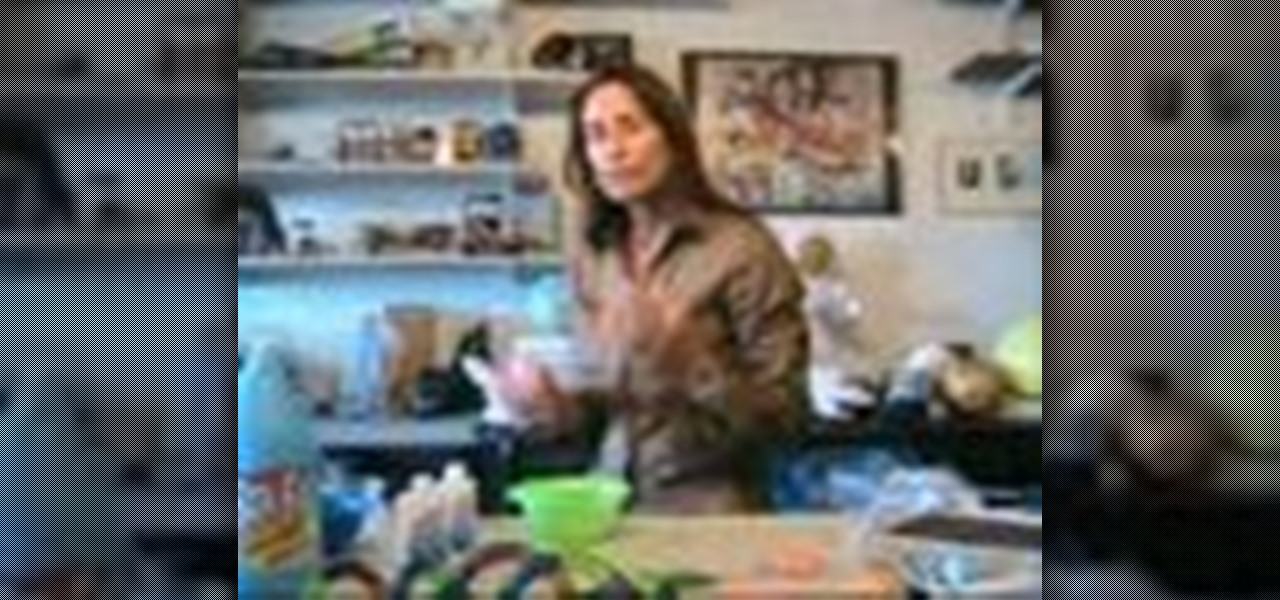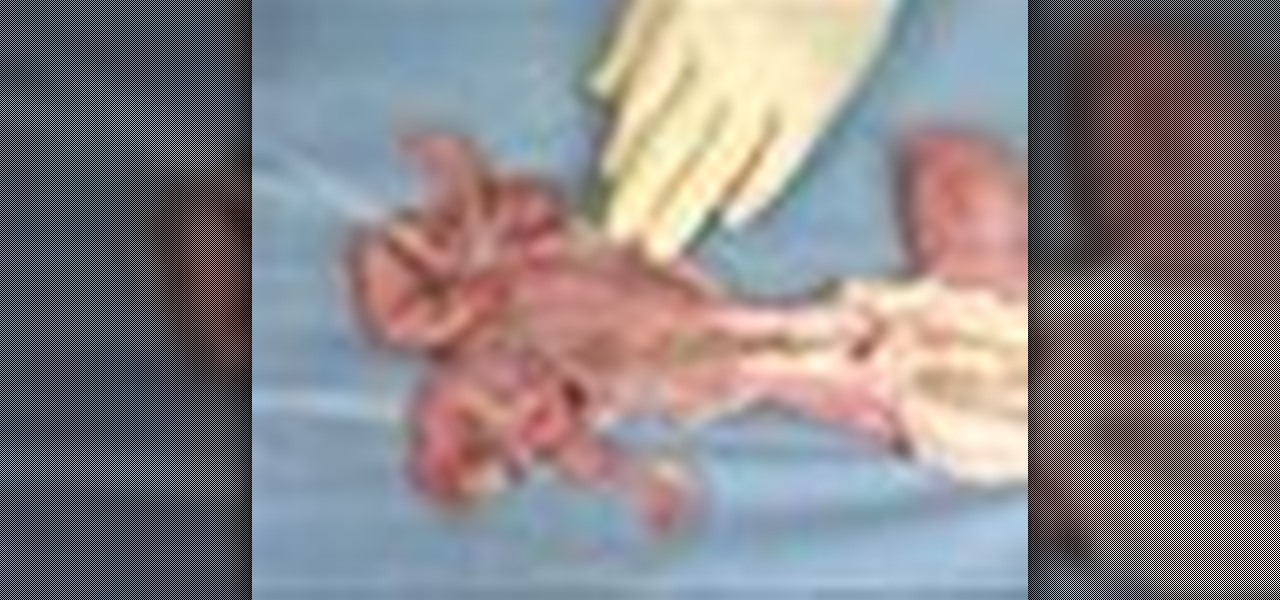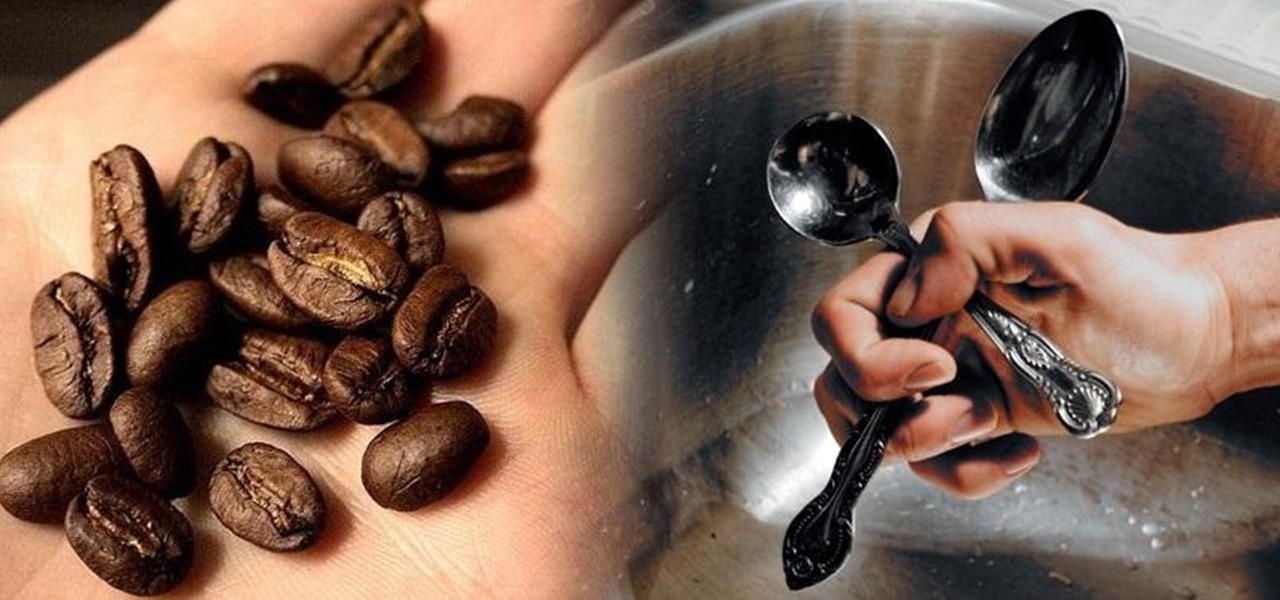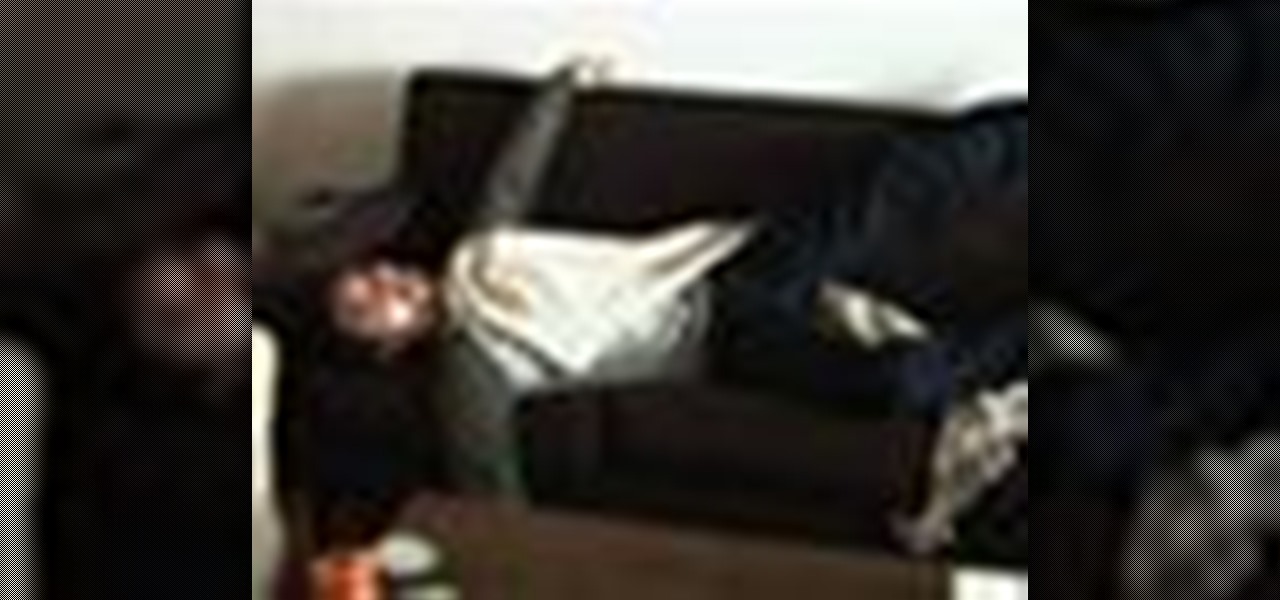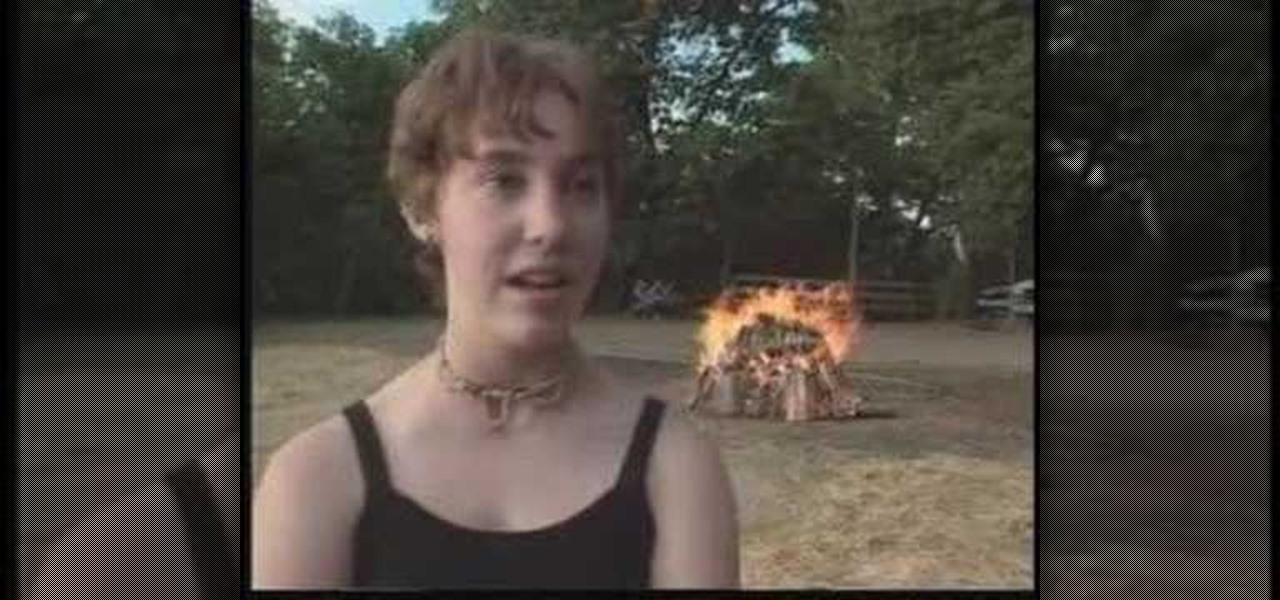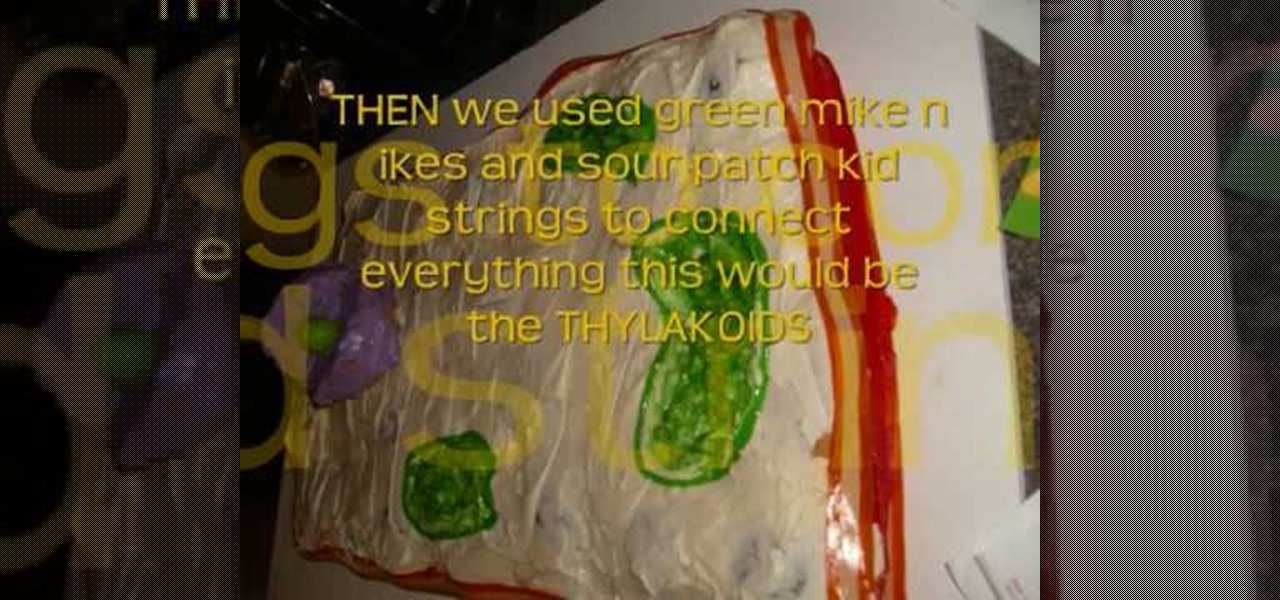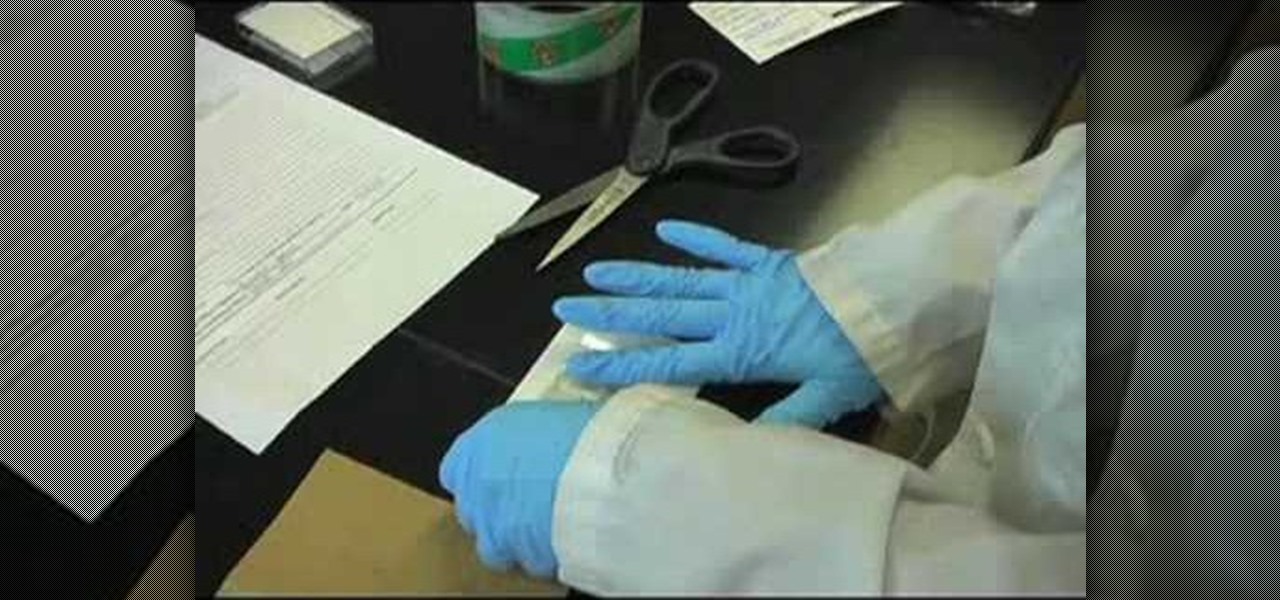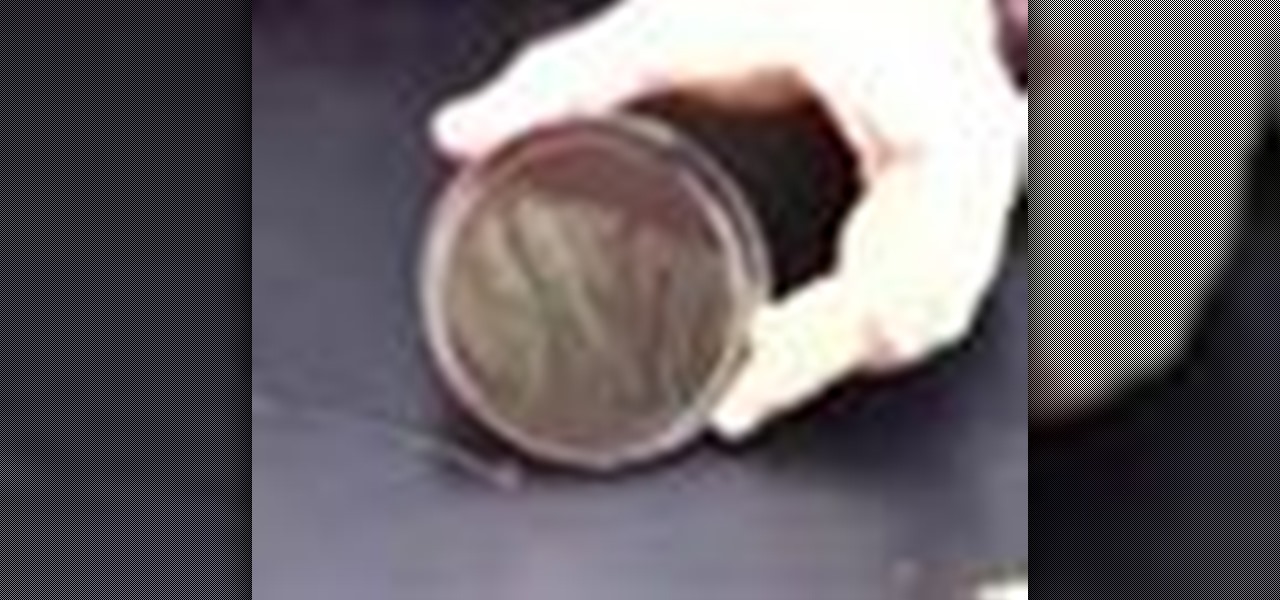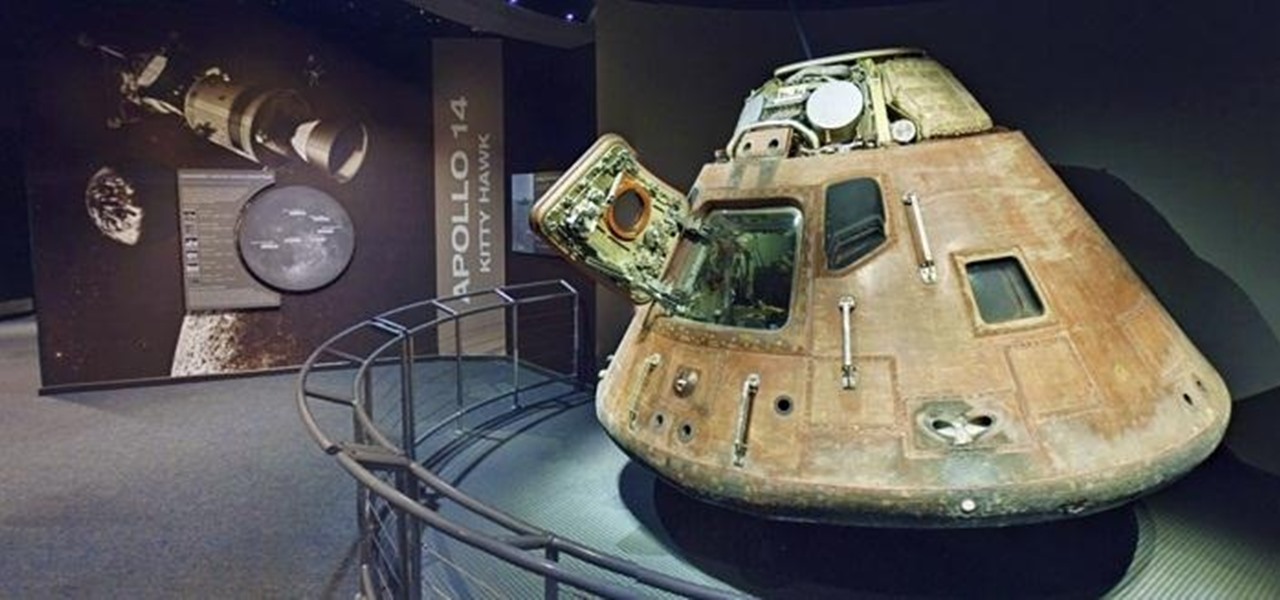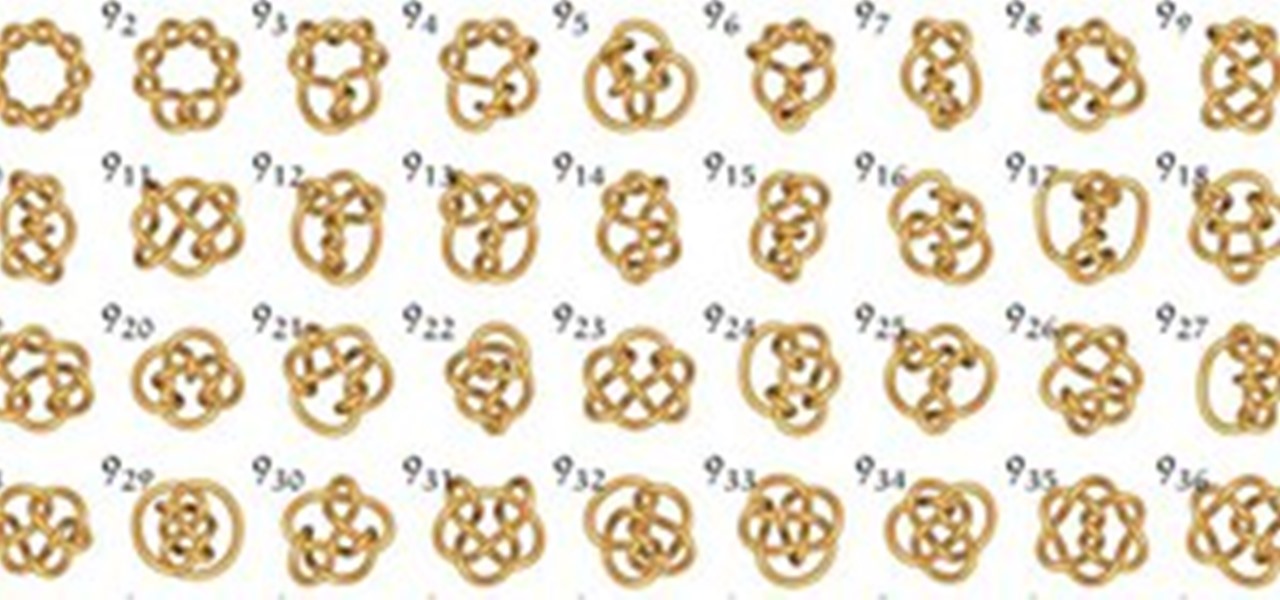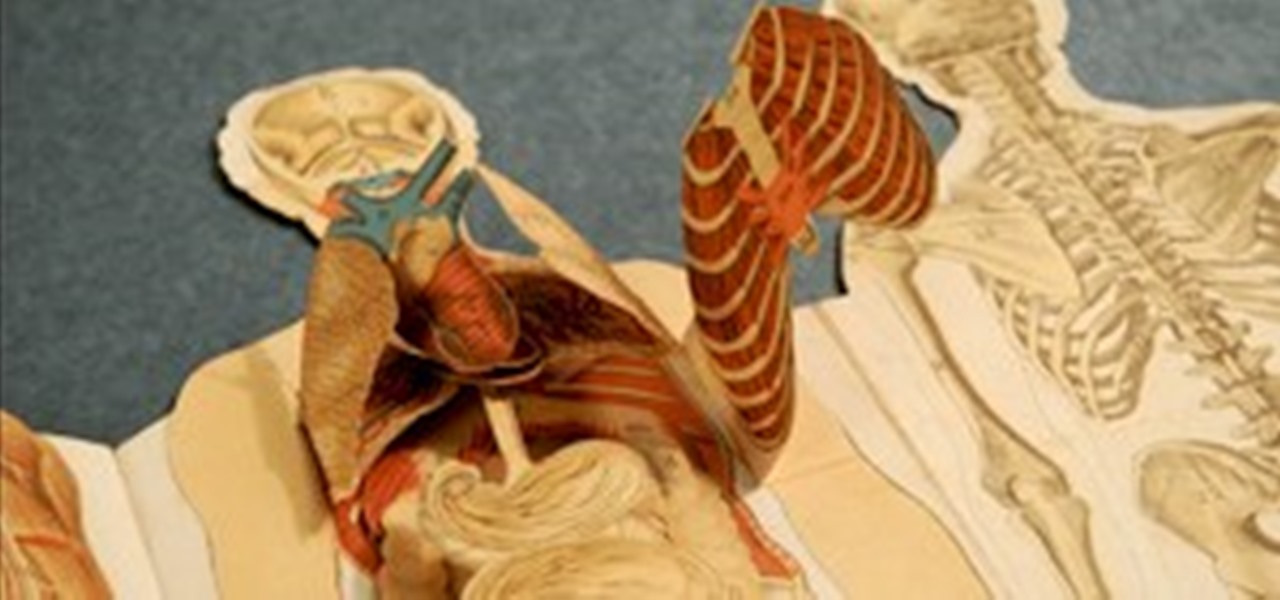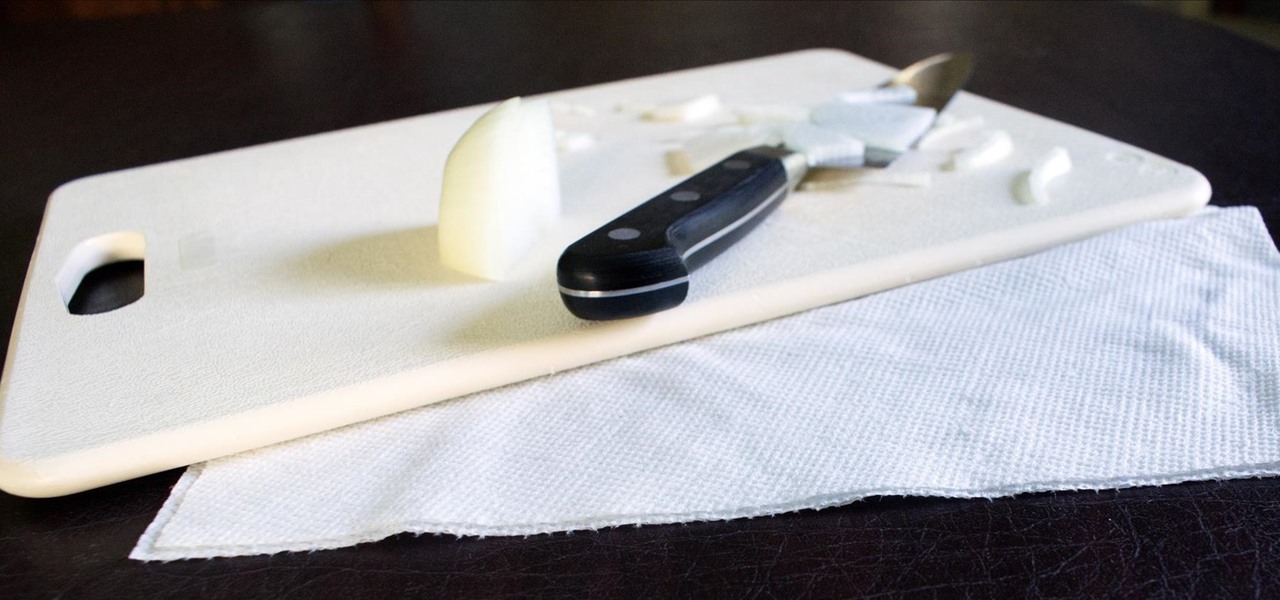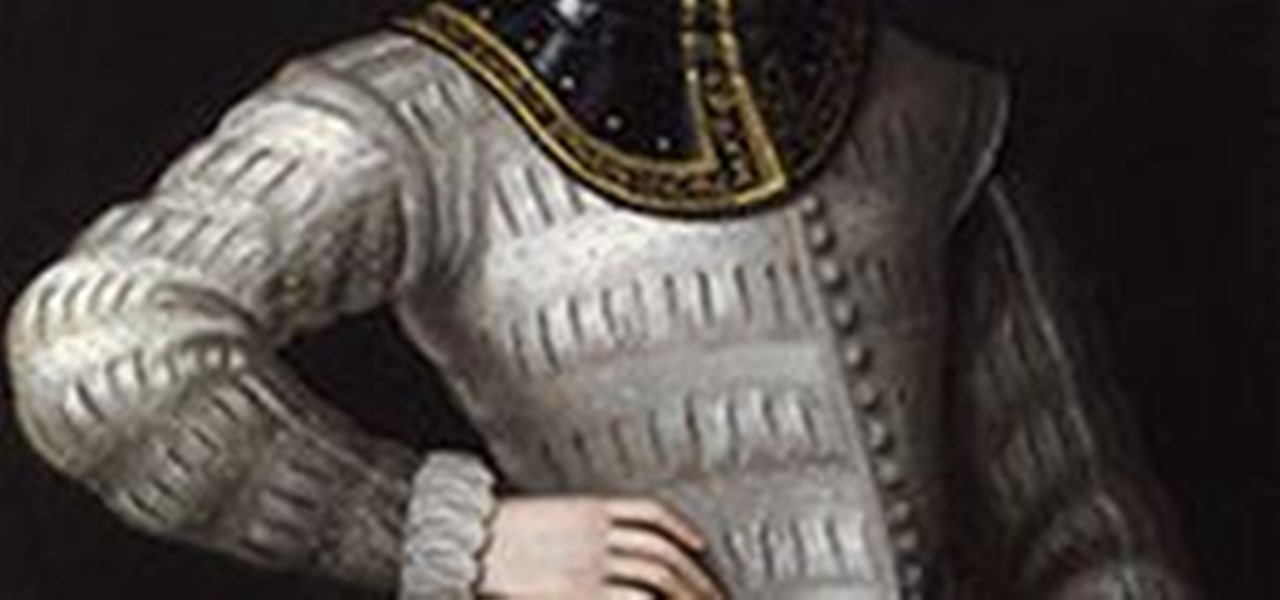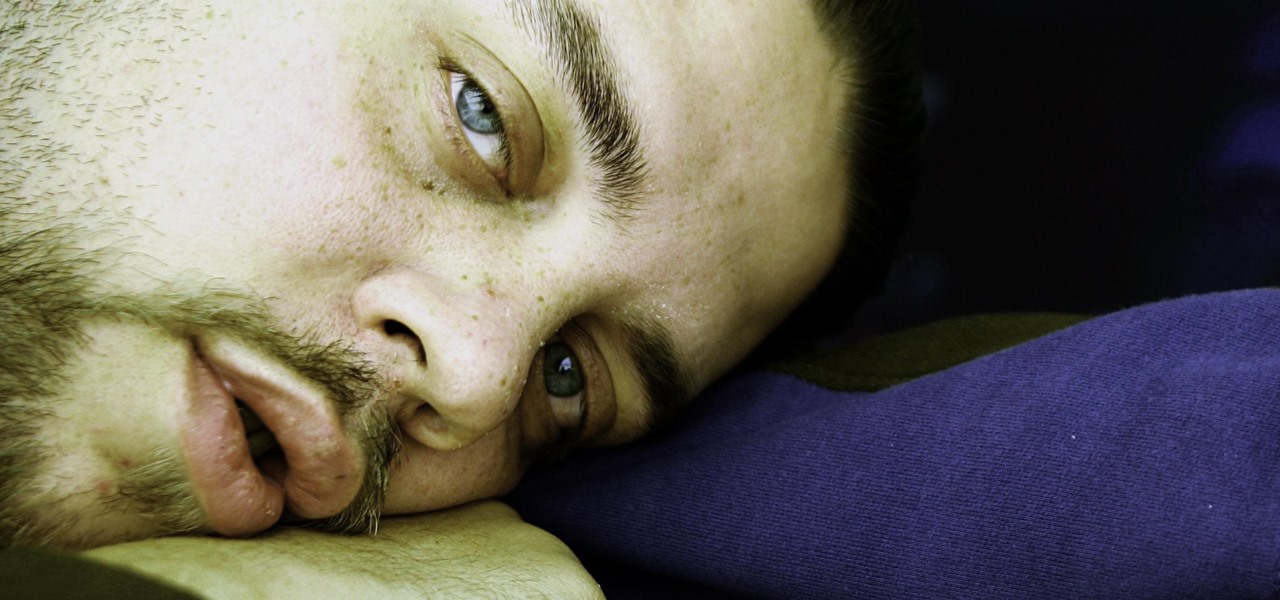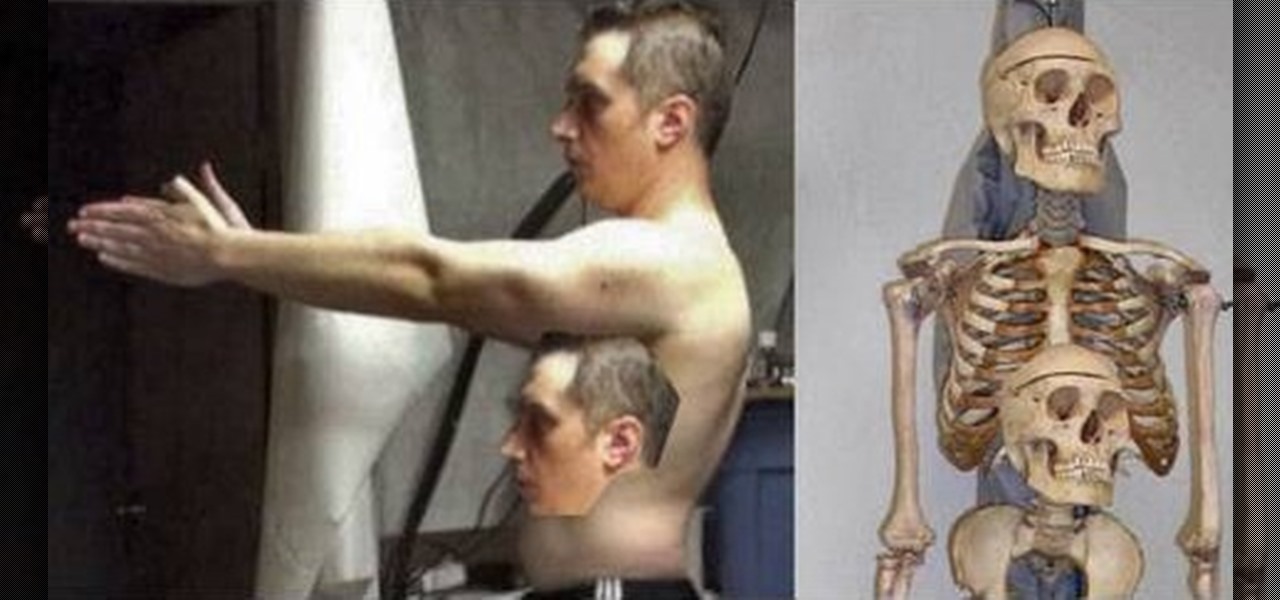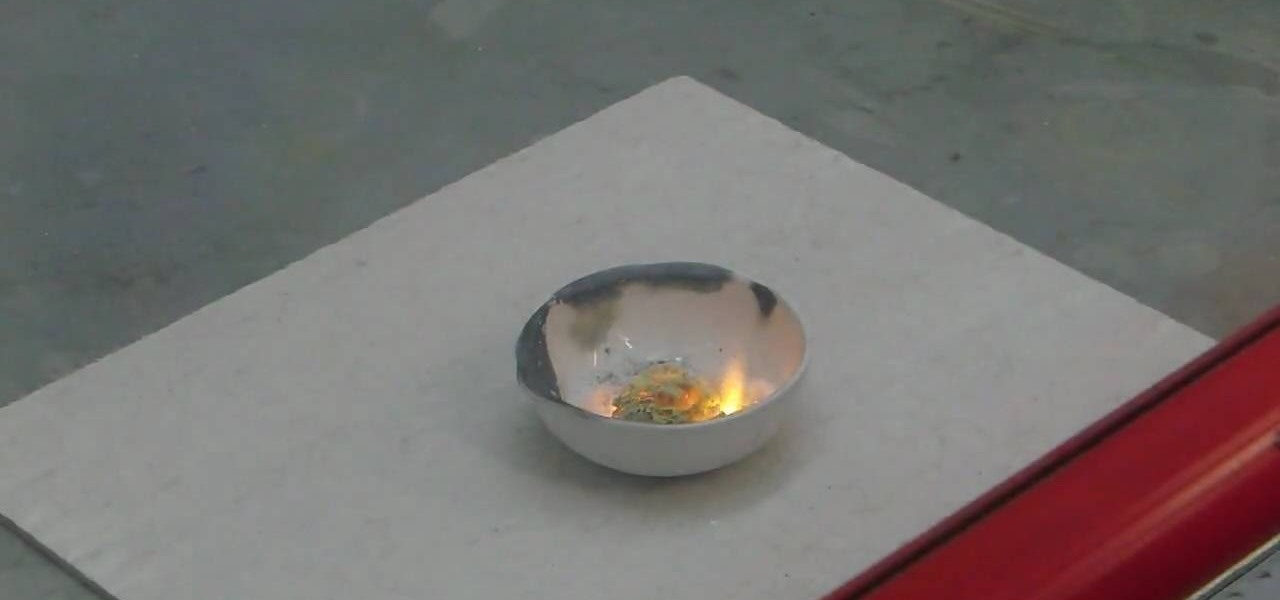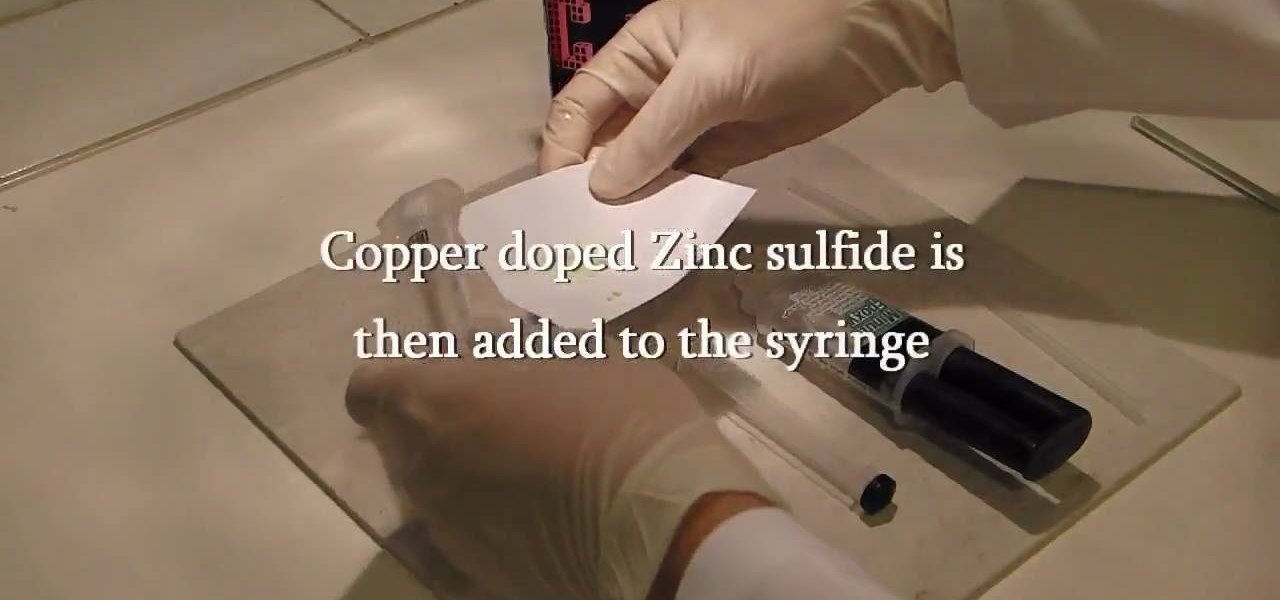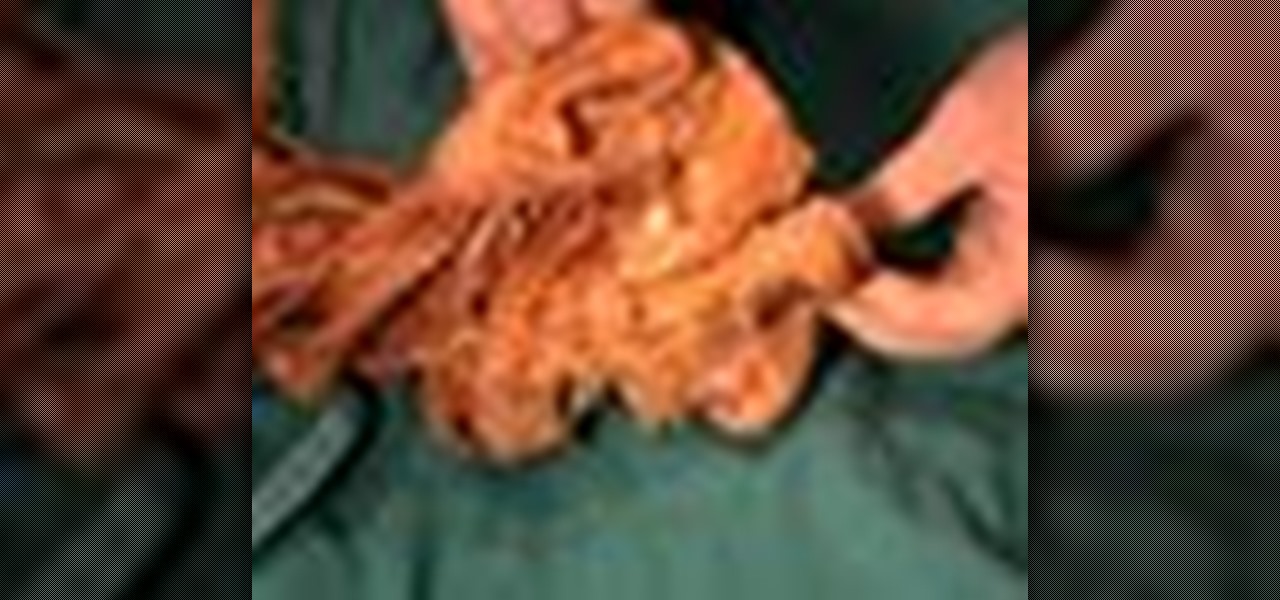
In this human anatomy video tutorial, you learn how to dissect a human cadaver to get a better look at the nasal cavity and sinuses. You'll see the paranasal, which is alongside or near the nose, and the paranasal sinuses are the mucosa-lined air cavities in the bones of the skull, communicating with the nasal cavity.
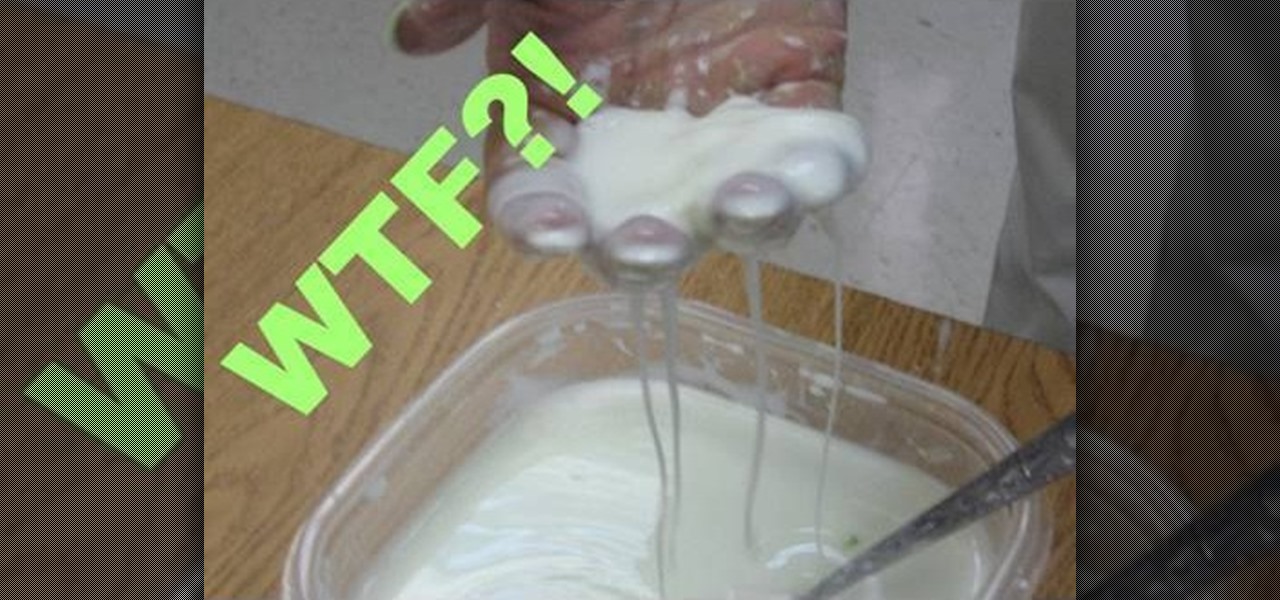
On this episode of Scientific Tuesdays, Dylan shows you how to create a non-Newtonian fluid using corn starch and a little water. A non-Newtonian fluid is any fluid that does not follow the laws of physics.
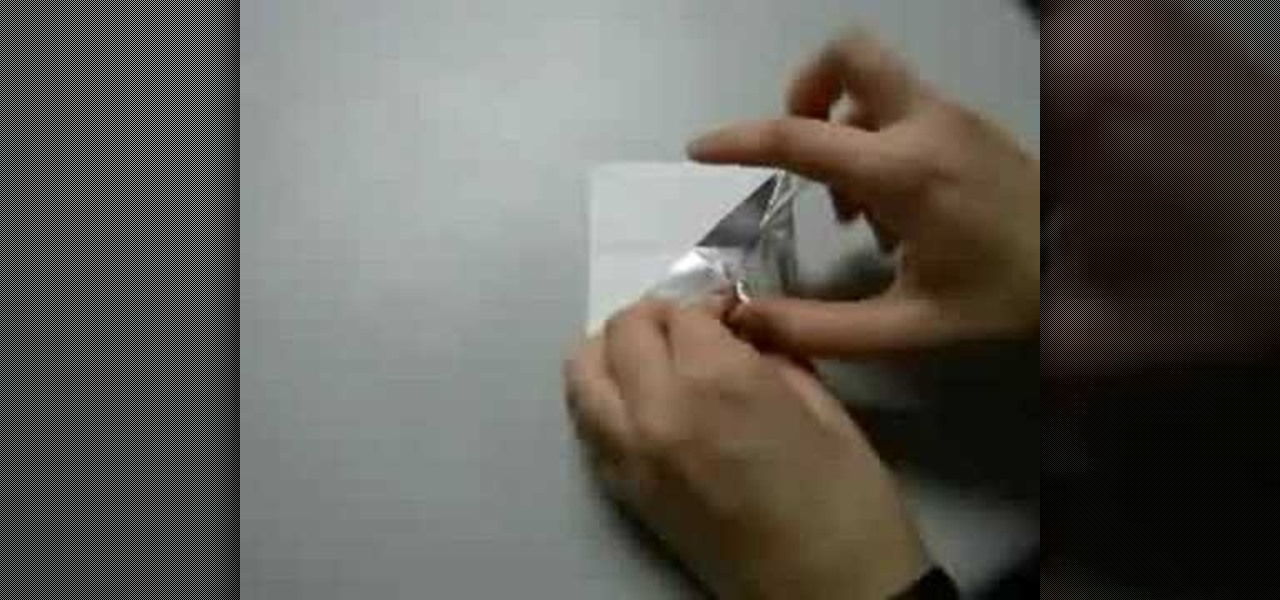
To make this origami SST paper airplane, begin with a square. The origami SST (supersonic transport) was designed by Dr. James Sakota. The plane was first featured in the 1960's book The Great International Paper Airplane Book, a documentation of the Scientific American first International Paper Airplane Competition. It won first place for origami/nonprofessional. This plane flies excellently in a fast, long distance glide! Learn how to make the origami SST paper airplane by watching this ins...
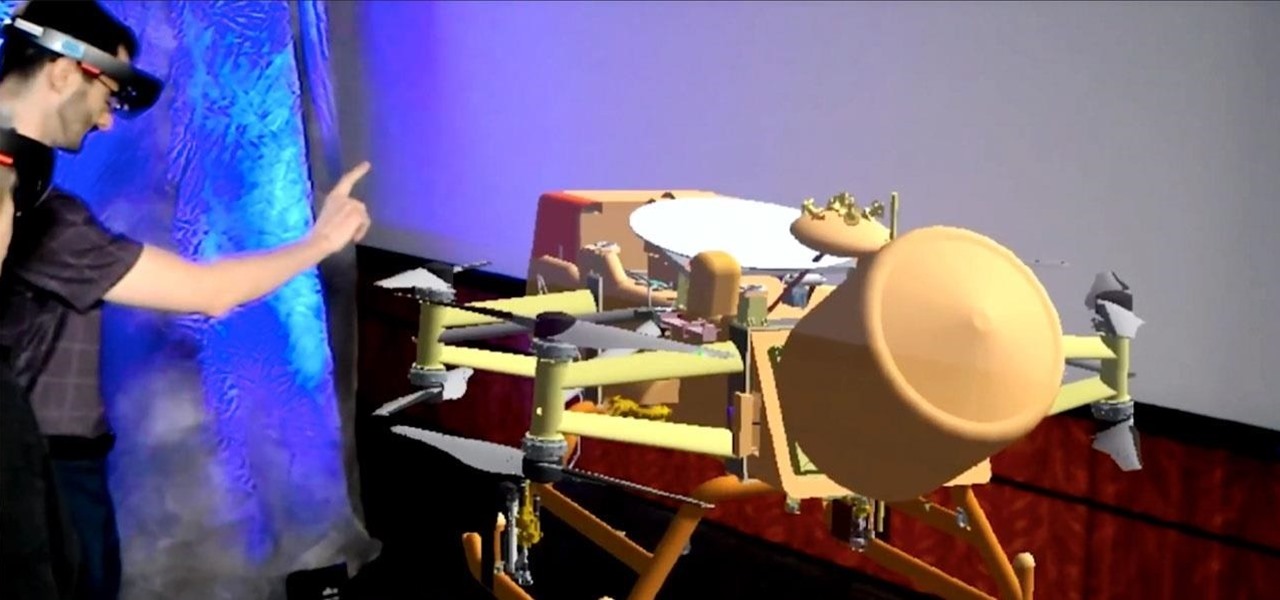
NASA is going going to Saturn's moon Titan, and the space organization is using augmented reality help them do it.
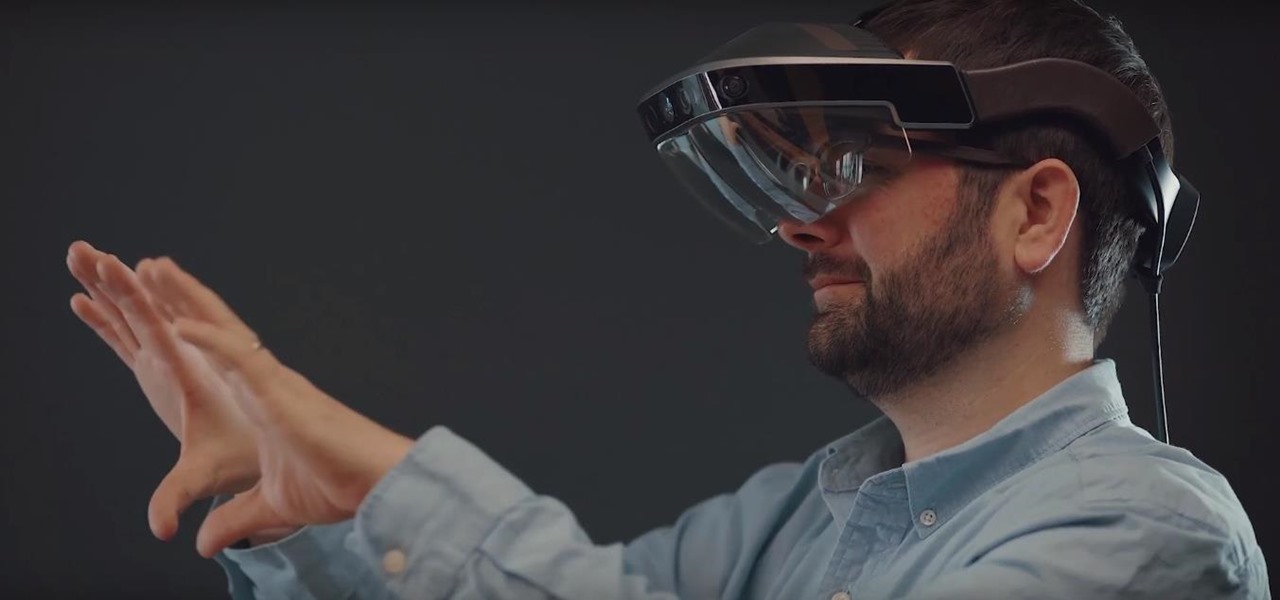
Despite funding difficulties that forced Meta to place employees on temporary leave in September, the augmented reality headset maker is reminding enterprise companies that it remains a viable option for visualizing and working with 3D design models.
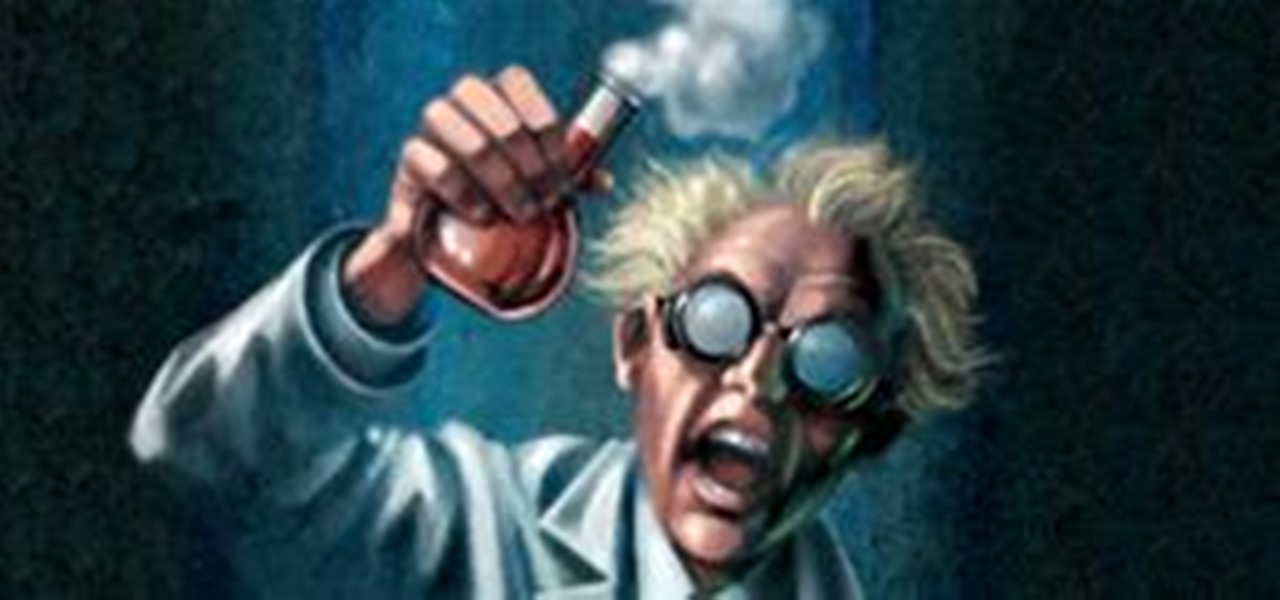
The X-Ray Vision-aries Blog has compiled a list of YouTube's 100 Coolest Science Experiments. I particularly enjoy their introduction to the selection:

When a number is expressed in the form of x multiplied by 10^y such that, x < 10 and y is an integer, the number is said to be in standard form. Standard form of expressing numbers finds its use in scientific and statistical fields. This video demostrates how to express, as well as perform basic mathematical operations namely, addition/subtraction, multiplication and division of numbers in the standard form using four examples/mathematical problems. The first two examples demostrate multiplic...

Probability computation is a complex process and even using a calculator can be difficult. But normal probability calculations can be performed quickly with the help of calculator once you know how to use it. So when you have to calculate a probability from a normal distribution you can use the functions on your scientific calculator. You can use the normal CDF function from you calculator to compute the area under a normal curve. The function requires lower band and upper band values, the me...

This a video tutorial that is showing its audience how to mix liquid glow stick colors in order to make a white light. The first step is to gather your supplies. To complete this scientific experiment you will need to get a few different glow sticks, preferably red, blue, and green. The next step is to turn all of your glow sticks on. The third step is to cut open the glow sticks and add them to separate cups. Next you can mix the green and the blue light together. Then finally add the red li...

Learn how to cheat on a calculator test with a calculator in simple steps. You will need: a scientific calculator, a ruler and a small paper. 1. First remove the cover of your calculator and measure its length and width using the ruler. 2. Now cut a piece of paper with the exact measurements taken from the cover. 3. Write all you need on the paper and fix it in the cover carefully. 4. Make sure the paper does not fall out and then put the cover to the back of your calculator. 5. Finally test ...

If you have a fossil, you can tell how old it is by the carbon 14 dating method. This is a formula which helps you to date a fossil by its carbon. If a fossil contains 60% of its original carbon, how old is the fossil? The half life of carbon 14 is 5600 years. That means this is how long it takes for half the nuclei to decay. After 5600 years, if we start with a gram, we end up with half a gram. This rather complex formula shows you how to solve this puzzle using accepted scientific methods.

In this video from Socoolscienceshow, Crazy Chris explains to us how magicians make things disappear. For this he uses a plate, cup, and a napkin. You cover the cup and plate with a napkin. He removes the napkin with the cup and shows that he taped the cup to the bottom of the plate so they are both removed at the same time. To maintain the look of the cup in that napkin when it's removed he shows that he trace the cup onto some construction paper cut it out, and tape it to the napkin. Then h...

In this video tutorial the author shows how to use the Cosine Law. He shows how to find an angle of a triangle where he know all the sides of a triangle, using the cosine Law. He uses a lower case letter to designate a side and a capital letter to designate an angel apposite to that side. He gives the formula for the cosine law using a triangle as an example. Now he goes on and demonstrates how to use a scientific calculate. He shows how to use the degree mode in the calculator to solve these...

The Five Minute Project crew is back, and bringing you six fresh projects sponsored by Craftsman. Break out the tools and protective eyewear and brace yourself for the best how-to videos a DIY-er could ask for. Learn to make Geek-Chic Cuff Links, a Cereal Box Spectrometer and more, all in Five Minutes Time!

NASA has invented the T-RAD Device, a.k.a. Goo Gun. Astronauts aboard the STS-120 will test the effectiveness of the pre-ceramic polymer in its ability to repair damaged shuttle tiles. To make connections to the mission, in this video tutorial, Dr. Diana teaches you how to make your own silly putty, also a polymer, at home.

Want to know what the insides of a cow look like? Well, go no further... these video tutorials will show you the anatomy of a cow reproductive tract, which is suspended by the broad ligament, which has three component parts; the mesometrium (which holds the uterine horns), the mesovarium (which holds the ovary), and the mesosalpinx (which holds the oviduct of the female cow.

Food can smell great before, during, and after cooking. A pot of stew simmering away on the stove will tantalize you all afternoon, and there's nothing better than the smell of fresh-baked cookies lingering in the house for hours.

In this sports video tutorial you will learn how to play golf with Goofy. Contrary to many beliefs, playing golf is not a waste of time. Out in the open green, happily the golfer chooses his club. A modern golfer comes with balanced and matched clubs. A tee is used to support the ball. The interlocking grip is extremely scientific and it gives the golfer a virtually unbreakable grip over the club. Learn it from an expert. Once the grip is mastered, the golfer is ready to hit the ball; which i...

Next time you don't want to make your bed, dry the dishes or clean the house there's no need to feel guilty. You may be doing yourself a favor. There are legitimate scientific reasons why some chores aren't always the best health choice.

MAKE Magazine recently opened the Make: Science Room, a "DIY science classroom, virtual laboratory, and a place to share your projects, hacks, and laboratory tips with other amateur scientists."

Check out this tutorial video to learn how to fire walk. Michael Shermer, publisher of Skeptic magazine and monthly columnist for Scientific American, tries his hand at firewalking barefoot across 1000-degree red hot coals and doesn't get burned. Dr. Shermer provides a scientific explanation for the mysterious phenomenon.

Science fairs are some of the most creative moments during the elementary school period. Not only are you able to research a topic of interest, but you also have try to find various ways in which to showyour scientific results. In this case, you'll find out how to make an edible plant cell model for an easy science fair project of for biology class. It's easy to do and will surely attract the attention of your teacher and others. Enjoy!

In this scientific video tutorial, undergraduate students in a forensic chemistry lab demonstrate a forensic DNA test to catch a criminal. Learn how to perform a forensic DNA test! Just like in CSI.

In this scientific video tutorial, undergraduate students in a forensic chemistry lab demonstrate how to perform gunshot residue analysis (GSR). Learn how to perform gun shot residue analysis (GSR)! Just like in CSI.

In this scientific video tutorial, undergraduate students in a forensic chemistry lab demonstrate how to use a comparison microscope for bullet and bullet casing comparisons, and color developments tests for impression marking enhancement (such as for filed-off serial numbers). Learn how to perform ballistics comparisons! Just like in CSI.

In this scientific video tutorial, undergraduate students in a forensic chemistry lab demonstrate how to develop fingerprints using a variety of methods: Cyanoacrylate (superglue) fuming, dusting, and iodine fuming. Learn how to dust for fingerprints, just like on CSI.

Check out this video tutorial on how to streak an agar plate. What's an agar plate? Well, an agar plate is a sterile Petri dish that contains a growth medium (typically agar plus nutrients) used to culture microorganisms. Selective growth compounds may also be added to the media, such as antibiotics.

With all the excitement over the Mars rover landing this weekend, you might also want to know that Google has gotten their cameras into the Kennedy Space Center for their largest collection of Street View imagery to date. In total, the explorable facility totals 6,000 panoramic views. The views include the space shuttle launch pad, the towering Vehicle Assembly Building, and a up-close and personal view of a space shuttle's main engine.

Back in August, Scientific American posted a slideshow fitting for Math Craft. Click through to check out a slideshow depicting beauty found in mathematical structures—including a beautiful knot theory chart befitting of this week's project.

Nevermind that rock candy is delicious, the prospect of growing it like a scientist (much like the amazing magic garden) surpasses all culinary delight.
Well the Picture is great ... ! This video/Radio interview has some interesting points .. Im always on the lookout for more scientific studies etc...

Mind blowing cosmos art, seen through the lens of the Hubble telescope. Click through to Discovery News for more information behind these beautiful images.

Before there was Gray's Anatomy, physicians and medical students used anatomical flap books to explore the inner workings of the human body—a scientific illustrated guide that takes its name from the moveable paper flaps that can be "dissected" to reveal hidden anatomy underneath. Similar to pop-up books, these instructional tools mimic the act of human dissection, allowing doctors and students to study the intricacies of the body normally concealed by flesh.

Between sharp knives and slippery produce, basic meal prep can be an absolute massacre. Even the most professional knife-wielders don't stand a chance if they're working on unstable surfaces.

WAIT, !! before you think, "Oh NO not a poem :-( ",This poem was published in 1600 !! ! :-O Called "Pamphlet on palmistry , circa 1600 AD" A voice from the past !! One of the Few !!!., POEMThus he that nature rightly understands,May from each line imprinted on his hand,His future Fate and Fortune come to know,And what path it is his feet shall go,His secret inclinations he may see,And to what vice he shall addicted be;To th' End that when he looks into his handHe may upon his guard the better...

There's now more reasons to make sick workers stay home—a new game theory study suggests adequate hand washing and other illness-aversion tactics aren't as useful as we thought to keep you from getting infected when a virus or bacteria is circulating.

Homopolar motors tend to be typecast as simplistic in nature, and that's true for the most part. The bare minimum requirements are a battery, conductor, and magnetic field, but when it comes to Valentine's Day, they're nothing short of complex.

This is the ultimate guide to drawing correct human proportions. If you've always had trouble with it in high school art class or in art school, this video condenses all the information into a tight package that's fun and easy to understand. This will uncover all the tricks to human proportions for figure drawings.

C For Chemistry delves into the chemistry of science experiments. This chemist knows what he's talking about. These chemistry experiments are not only fun, but very educational for all of those interested in scientific chemical reactions and properties.

Make a reusable glow stick, glow-in-the-dark-style! Imagine, you'll never have to buy one of those ChemLite's again, because you can reuse this homemade glow stick over and over again. This video tutorial will show you how to make a permanent, reusable glow stick. The materials in this experiment are simple: epoxy resin, straw, and some phosphor powder.








